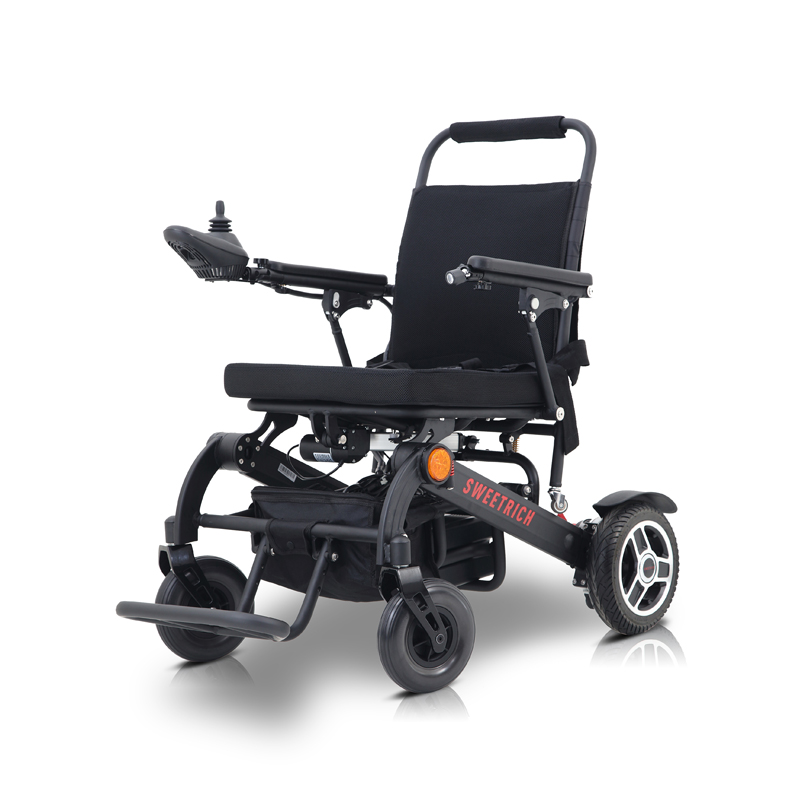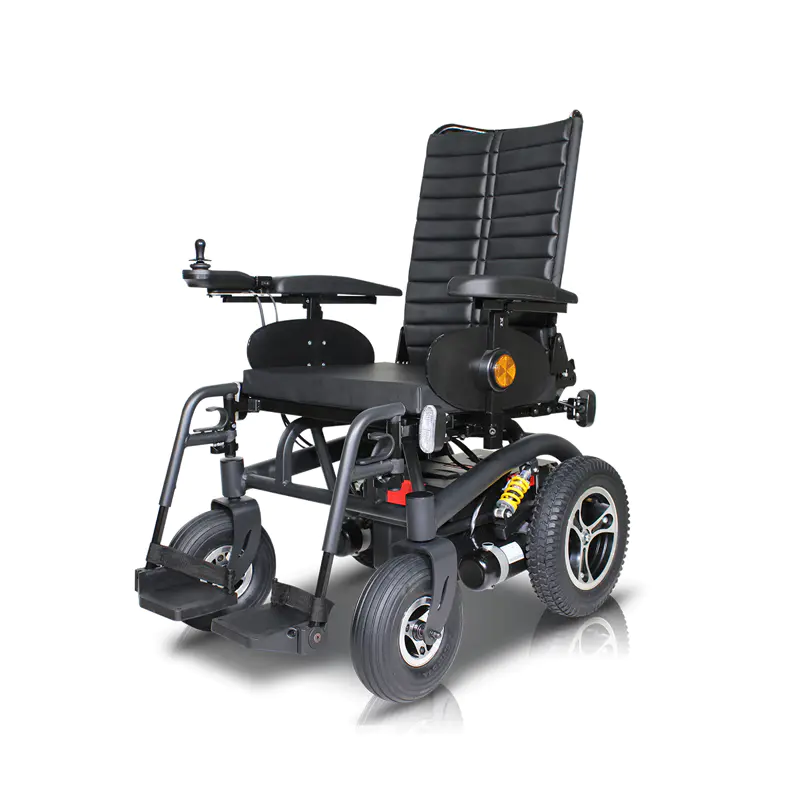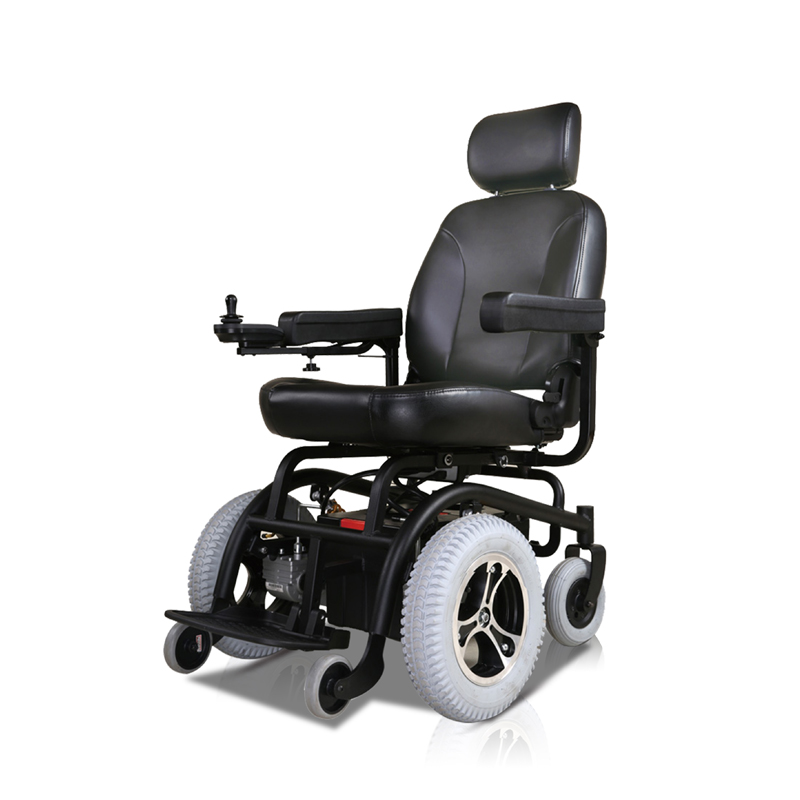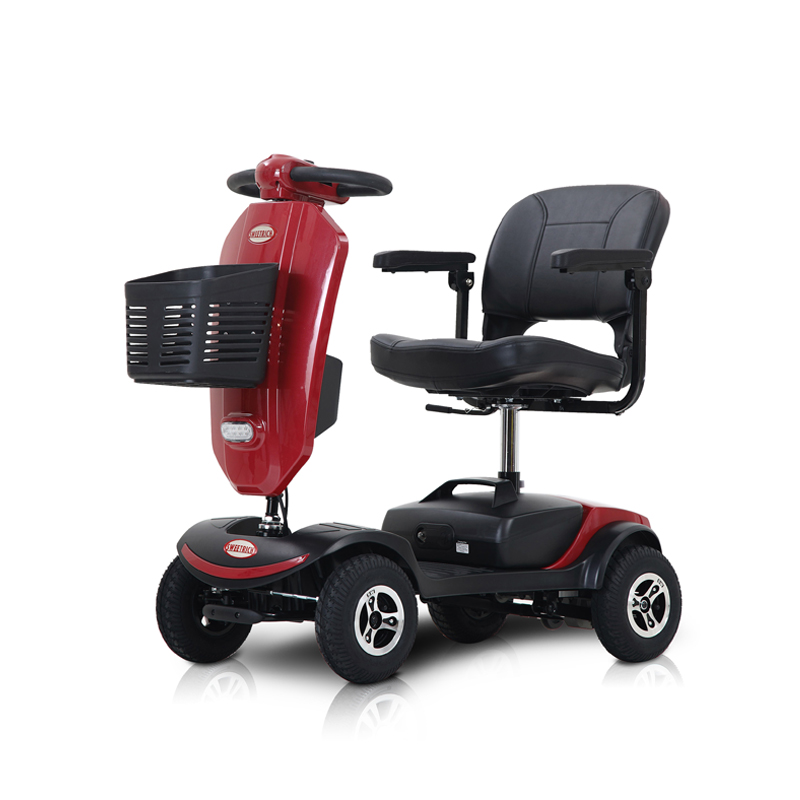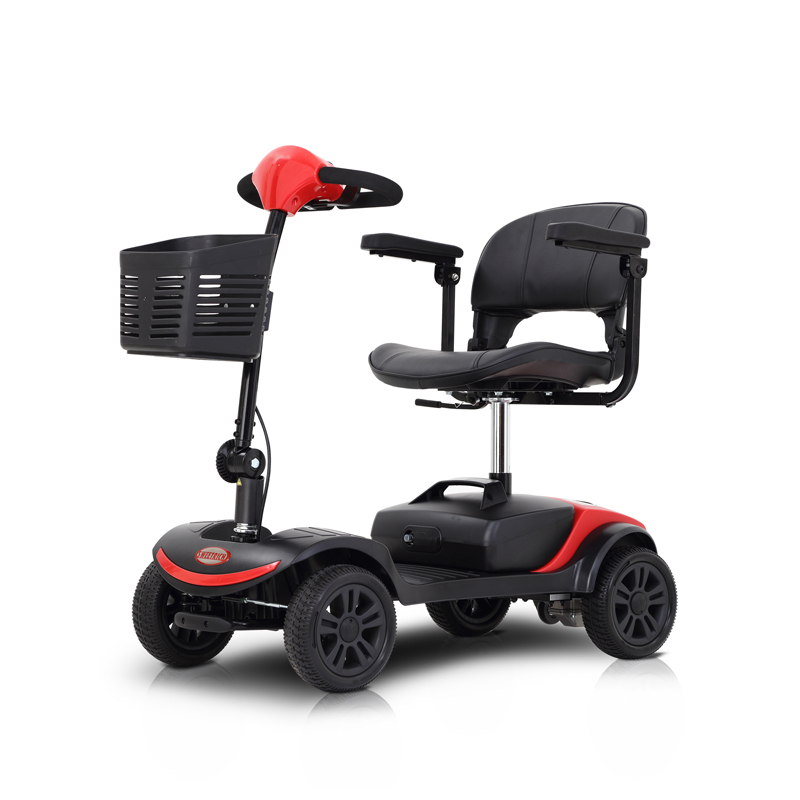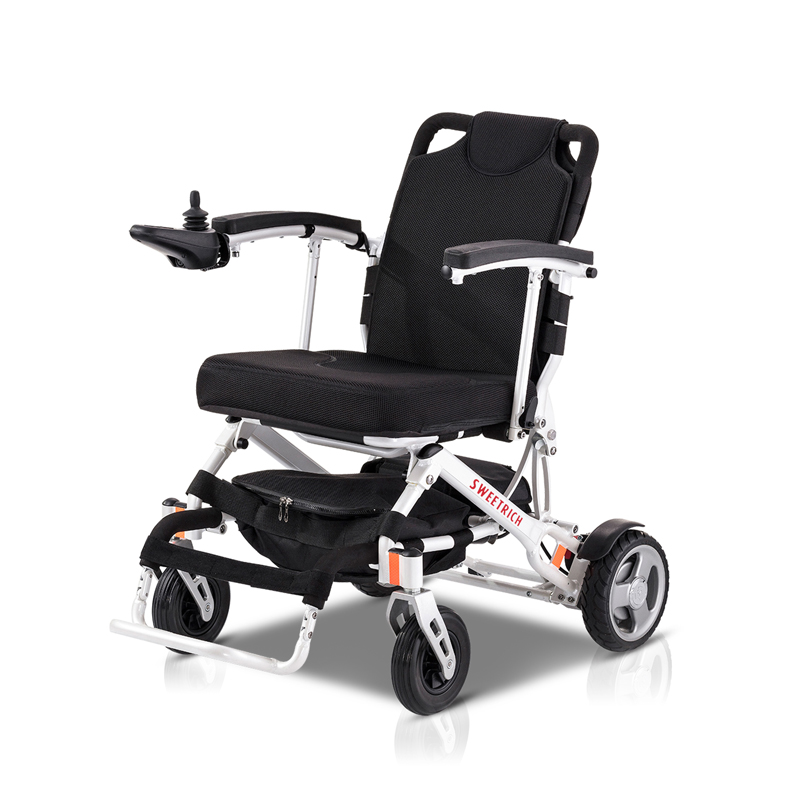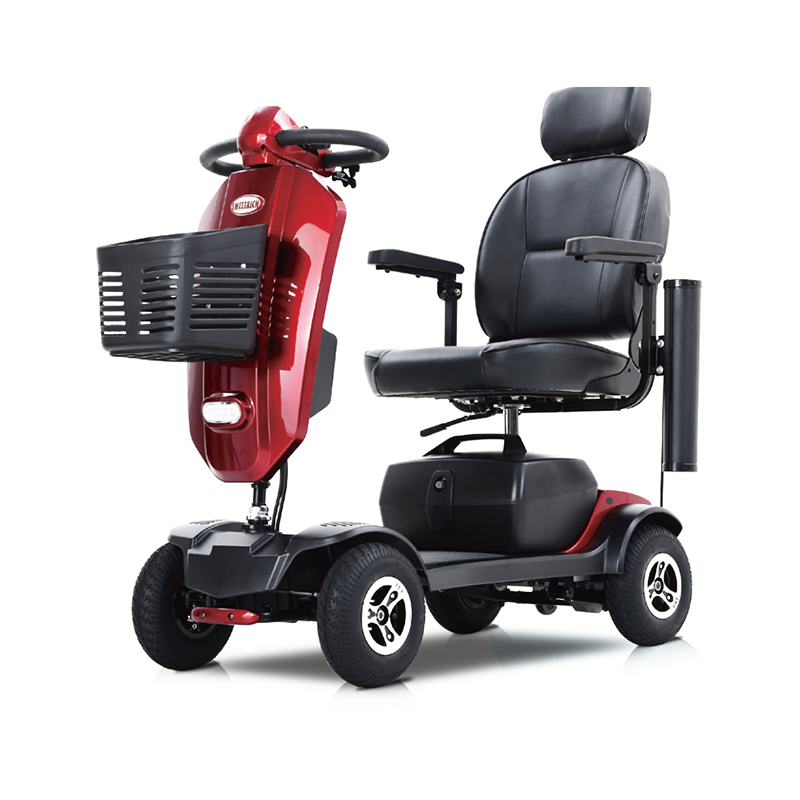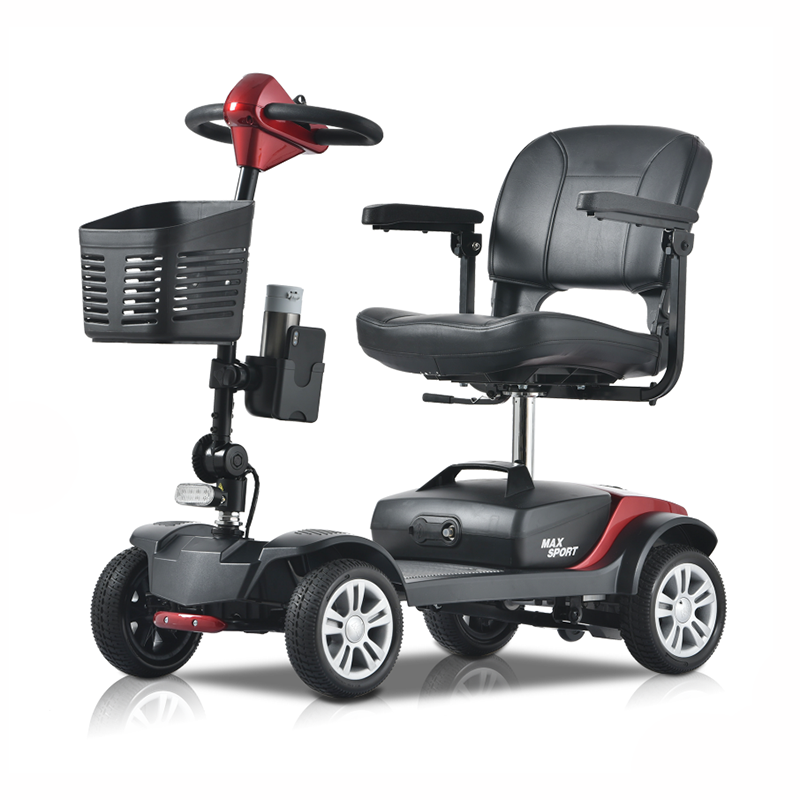The introduction of Wholesale Mobility Scooters has become a significant factor in reshaping urban transportation systems worldwide. As cities face challenges such as growing congestion, environmental concerns, and the need for more sustainable travel options, electric scooters are emerging as a crucial component in the evolution of modern mobility. These scooters offer a practical solution to various urban transportation issues, providing a clean, efficient, and affordable alternative to traditional vehicles.
One of the primary benefits of electric mobility scooters in urban settings is their ability to reduce traffic congestion. In densely populated cities, gridlock is a common issue, and traditional modes of transportation often contribute to an overburdened road network. These scooters provide a more efficient way to travel short distances, allowing users to bypass traffic and reducing the overall number of cars on the road. This alleviates some pressure on public transport systems, helping to streamline travel and reduce delays for commuters. Additionally, their compact size allows scooters to navigate tight spaces, making them an ideal mode of transportation in crowded urban environments.
The environmental benefits of electric scooters are also a driving force behind their increasing popularity. Traditional vehicles are dependent on fossil fuels, contributing to air pollution and greenhouse gas emissions. In contrast, electric scooters are powered by electricity, producing zero emissions and offering a cleaner alternative. This shift to electric mobility supports cities' efforts to reduce their carbon footprint, align with sustainability goals, and address climate change. The growth of scooter-sharing services has also made these eco-friendly options more accessible, further promoting their use in urban areas.
As the adoption of electric scooters continues to rise, cities are expanding the infrastructure required to support these vehicles. This includes the creation of dedicated scooter lanes, charging stations, and parking areas. By integrating these facilities into urban planning, cities are making it easier for people to use electric scooters safely and efficiently. The availability of charging and parking infrastructure encourages more people to embrace scooters as a viable alternative to other modes of transport, contributing to the widespread adoption of this technology.
The rise of shared mobility platforms is another factor driving the growth of electric scooters in urban transportation. These platforms allow users to rent scooters on-demand via mobile apps, providing a flexible and cost-effective transportation option. Shared mobility services are particularly attractive to those who do not need to use scooters regularly, such as tourists or occasional commuters. By reducing the need for car ownership, scooter-sharing programs help mitigate the burden on urban infrastructure and promote a more sustainable transportation system.
In addition, electric scooters are enhancing mobility for individuals with limited mobility. People with disabilities or those who have difficulty using traditional forms of transportation can benefit from the convenience and accessibility of electric scooters. Designed with comfort and ease of use in mind, these scooters provide an inclusive transportation option for those who might otherwise struggle to get around. As cities continue to focus on improving accessibility, the demand for electric scooters that cater to these needs is likely to grow.
Furthermore, electric scooters are becoming an essential part of the “last-mile” solution in urban transport. This refers to the final leg of a journey that connects users to larger public transportation networks like buses and trains. Many commuters struggle with the gap between public transit hubs and their final destination. These scooters offer a convenient and efficient solution, helping people travel the short distance to or from transit stations. This integration enhances the overall efficiency of public transport systems and encourages greater use of mass transit.
Safety, regulation, and integration with other transport modes remain key considerations for the growth of electric scooters. Cities must implement policies that ensure safe usage, including speed limits, designated lanes, and safety equipment. Additionally, to maximize the benefits of electric scooters, there must be ongoing collaboration between government agencies, manufacturers, and operators. This will help ensure that scooters are integrated seamlessly into existing transportation networks and that users enjoy a safe and efficient experience.
As the demand for these scooters continues to grow, companies like Sweetrich are the way in providing high-quality, reliable, and accessible mobility solutions. Sweetrich’s innovative approach to scooter design and manufacturing ensures that cities can meet the evolving needs of urban mobility while contributing to sustainability and improving the quality of life for their residents.

